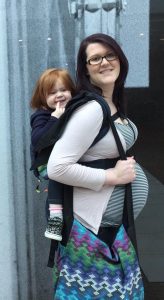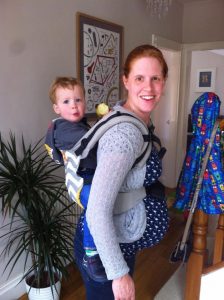Top FAQS
These are the most common questions about babywearing I am asked, in a single helpful list!
Just click on the links to read the relevant blog posts, some are kindly shared from others
Firstly; some of my most popular articles:
Do the babywearing “rules” really matter?
Babywearing and infant mental health
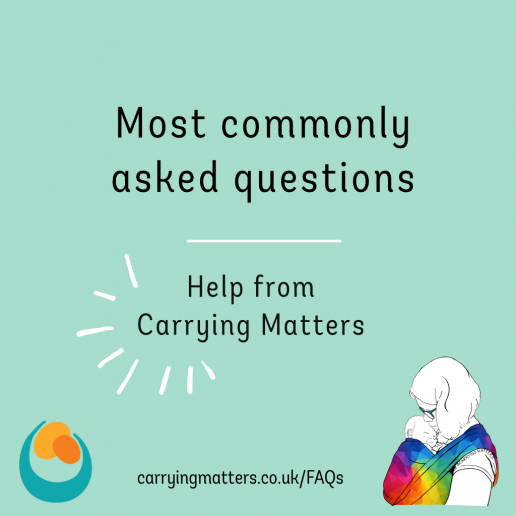
Secondly, I get this query daily. “Can I use your infographics to support families?” ABSOLUTELY! Everything on this website was created to help families with children to feel close and connected. Please credit me appropriately and link back to my website/social media (facebook, instagram)
Here is the link to the infographics (eg the Fourth Trimester/Build a Happy Brain/Why Carrying Matters/Skin to Skin posters, safe carrying images and much more)
Here is a search box to help you find what you’re looking for.
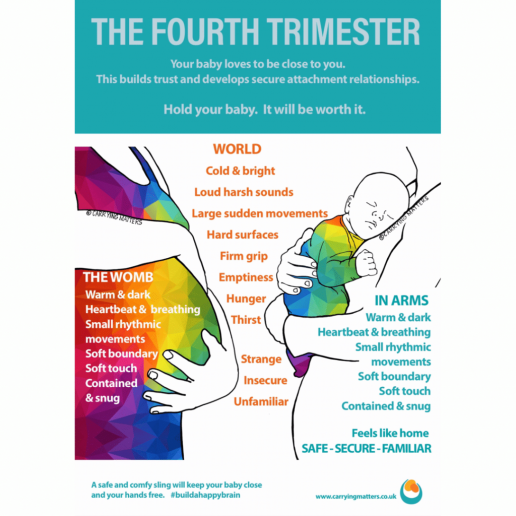
Getting started, and learning the basics
What kinds of sling are there and how do I use them? (links to the major types with useful guides, videos and troubleshooting)
How do I keep my baby safe in the sling?
Babywearing with a Newborn
What are the benefits of babywearing for my baby?
Are there any benefits for me too?
What are the best newborn sling options? (Coming soon)
How soon after birth can I carry my baby and what if I have had a Caesarean Section?
My baby’s head is so wobbly in the sling!
How high should my carrier be?
Can I carry my premature baby?
How do I protect my postnatal pelvic floor and babywear?
What about if I have a prolapse? (Thanks to Forest of Dean Slings)
Help! My child cries in the sling!
Does babywearing help my mental health?
Are slings useful if I have a perinatal mental health challenge?
Carrying in different circumstances
Can I sleep while my baby sleeps in their carrier?
How do I carry more than one child at a time?
How can I carry safely in hot weather?
How do I keep my baby warm while carrying in the cold? (ie can I put them in a snowsuit?)
How do I keep myself and baby dry when babywearing in the rain? (Coming soon)
Carrying adopted or foster children
What if my child has a disability? See this link for a stories from families living with a range of specific conditions.
Common safety queries
Will my sling hurt my baby’s hips?
What if I fall while babywearing? (Coming soon)
Woven Bump wrapping photo tutorial
Here is a simple woven bump wrapping photo tutorial that may help to relieve some of the discomfort of late pregnancy, using a long woven wrap that has been tightened gently around the body.
Ideally, we would all have good core function and structural stability before we enter the later stages of pregnancy, making the need for external support less necessary. A good women’s health practitioner or chiropractor would be able to advise on how to care for your body during pregnancy and deal with issues such as symphysis pubis dysfunction or sacro-iliac joint pain.
This “bump wrapping” technique has been used by many cultures the world over to ease some of the discomforts of very late pregnancy and you may find it helpful. We would recommend using bump wrapping only in the last few weeks of pregnancy, as a brief reliever at the end of the day, for example. It is not a substitute for good core strength and excessive or prolonged use will not be helpful in the long run. It should not be too tight, to avoid restricting fetal movements.
Any chronic or recurrent issues should be seen by a health care practitioner, such as a women’s health physiotherapist, or an osteopath or chiropractor with the relevant expertise.
Please see our main blog post for more information from Sara, an osteopath specialising in helping pregnant women.
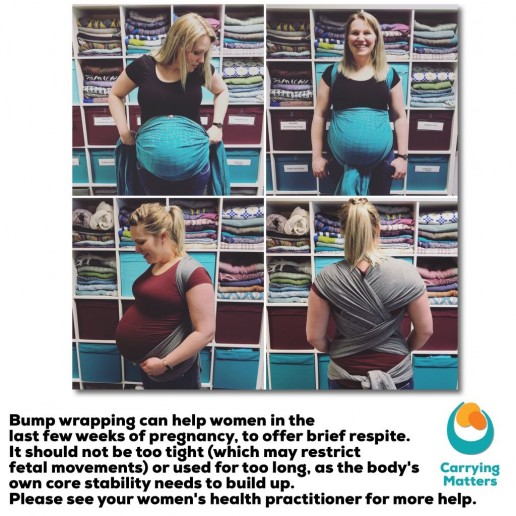
Stretchy Wrap bump wrapping photo tutorial
Here is a simple stretchy bump wrapping photo tutorial that may help to relieve some of the discomfort of the last few weeks of pregnancy, using a long stretchy wrap that has been tightened gently around the body.
Ideally, we would all have good core function and structural stability before we enter the later stages of pregnancy, making the need for external support less necessary. A good women’s health practitioner or chiropractor would be able to advise on how to care for your body during pregnancy and deal with issues such as symphysis pubis dysfunction or sacro-iliac joint pain.
This “bump wrapping” technique has been used by many cultures the world over to ease some of the discomforts of very late pregnancy and you may find it helpful. We would recommend using bump wrapping only in the last few weeks of pregnancy, as a brief reliever at the end of the day, for example. It is not a substitute for good core strength and excessive or prolonged use will not be helpful in the long run. Any chronic or recurrent issues should be seen by a health care practitioner, such as a women’s health physiotherapist, or an osteopath or chiropractor with the relevant expertise.
Please see our main blog post for more information from Sara, an osteopath specialising in helping pregnant women.

Carrying in Special Circumstances
Sometimes there is a need for extra support with using slings; don’t be discouraged if you or your child have extra needs, there are always ways to keep carrying in special circumstances.
If your child can be held and carried in arms, there is likely to be a way to carry them safely in a sling. Twins can be carried in slings, as can a baby and a toddler at the same time (tandem carrying). There are ways to carry safely in pregnancy, to carry after birth, to carry premature babies. We will help you to carry your child if you have a disability, or if your child has special needs or physical health concerns. We are here to help you find a way to keep them close.
This page links to some useful information; personal stories about carrying in special circumstances, professional advice and useful links. Please see our Common Queries page for simpler situations.
If you have a special story, please get in touch to share them with me for the wider community!
I also recommend the Tania Talks blog posts on babywearing (she is a wheelchair user)
https://www.whentaniatalks.com/the-realities-of-back-carrying-as-a-wheelchair-user/
https://www.whentaniatalks.com/back-carrying-as-a-wheelchair-user/
Here is an excellent downloadable article on Potential Therapeutic Benefits of Babywearing by Robyn Reynolds-Miller.
You can find more educational resources here for downloading (such as infographics and leaflets and images)
If you need more specialised support or have a query not covered here, please do get in touch with me or find your local sling library at Sling Pages.
Common Queries
Families often have a lot of questions about using carriers, such as “what is a healthy hip position”, or “is it OK to face my baby out in a carrier?” “Will using a sling make my child clingy?” “What do I do in different weather conditions?”
This page links to many of the common queries around slings; information sharing to allow people to make informed choices that work for themselves and their families.
Here is a quick link to the most common FAQs too!
Don’t forget the sling safety guide is here.
If you need more specialised support or have a query not covered here, please do get in touch with me!
You can find more educational resources here for downloading (such as infographics and leaflets and images) and you can read about carrying in some special circumstances here.
The Importance of Carrying
Carrying while Pregnant
Is carrying while pregnant safe? Many mothers wonder if they can safely continue to carry their children while pregnant with a new baby. For many, having established a close bond and finding the carrier they use of great value for comfort and practicality, they are keen to carry on carrying, both to meet their child’s needs for contact and for their own enjoyment.
“I knew that I needed to make the most of carrying my girl before her sibling was born as things were about to change for all of us. She needed me too, so I carried her as long as I could during my pregnancy. Her weight balanced out my bump and actually made my back pain more manageable by being corrective.” Jody
Other mothers may not have a choice, especially if there will be a small age gap between siblings and the older child is not yet walking reliably, or if he becomes worried by the impending changes to the family structure and needs extra closeness and reassurance. Sometimes it is just necessary.
“My little girl is very strong willed so if she wanted up for a carry while I was pregnant, it was simply the path of least resistance . There were a few times when she was poorly, others when she was tired or I simply had things to do. It was all about practicality and doing whatever made my day a bit easier.” Lindsay
It is worth reflecting on the fact that women around the world have, for many generations past, carried older children on their bodies while pregnant, so it is certainly possible to do. In societies where babywearing is a part of everyday life, child-carrying is traditionally shared around large families, with older siblings carrying younger ones, or close family members taking their turn, to lighten and distribute the load around the community. Women in more Westernised societies may feel much more isolated and unsupported by their local communities, so they may need to be able to carry their own children for longer periods and more often than in traditional societies.
Babywearing in pregnancy is indeed possible for the majority of women, if they are in good health and there is no medical reason to avoid lifting loads. Those who are already well used to carrying their toddler frequently will find it simple to continue; their body strength and tolerance has grown in pace with their child’s weight and little may need to change until the bump is large.
“We needed to walk the dog and I wanted to be able to go to the dog trials and carrying was much more convenient than a buggy. My body was used to carrying, so we just carried on!” Lucy
Those who are new to carrying (and looking for a solution for an uncertain or distressed older child) may find it more of a challenge, just as if they had a new job which required sudden frequent heavy lifting. In these circumstances, it would be wise to get some support from your local sling professionals to find out which slings will work best for you and be comfortable. They can help you learn how to get your bigger child up into a carrier safely without straining yourself, and be able to work with you to find solutions. Once equipped with an appropriate sling, it is wise to stick with carrying for short periods and gradually increase the duration of use. This all helps to build up endurance until pregnancy is well advanced.
First Trimester
The maternal body undergoes several changes during pregnancy which can have an impact on the type of carrying women find comfortable.
In the first trimester, symptoms such as 
All being well, however, most carriers can be used in early pregnancy; there is no need to fear that the growing baby will be squashed by waistbands, for example. On the whole, the carrier that has been used up until a mother discovered she was expecting again can continue to be used while baby’s body is still small and mostly contained within the pelvic brim. Front carries are still fine to use and hip and back carries are also appropriate.
This may be a good time to begin learning some new carries or investigating other slings in preparation for an enlarging bump. At this early stage, the toddler’s weight is still being distributed around the mother’s body and it is not resting on a bump, so there is time for both parties to begin initiating change whilst still being able to enjoy front carries.
If there is any discomfort from abdominal pressure, altering the type of carry can be very useful; front carries that don’t use a waistband could be considered, as could hip carries or back carries that avoid any central abdominal pressure. Meh Dais (and their variants) and woven wraps will offer high back carries in this circumstance, and can be tied in ways that have no knots around the middle at all (for example, “tying tibetan or candy cane”). A carrier with a waistband could be moved low down to settle around the hips (as long as the carried child remains snug and close enough to kiss with an uncompromised airway), or moved higher up nearer the ribs, whichever feels most comfortable.
Second Trimester
As a growing bump begins to have an impact on a mother’s shape, moving to hip or back carries may feel much more comfortable. Front carrying may become awkward as the child will be very high and it is best to avoid a heavy toddler’s weight sitting on top of a bump.
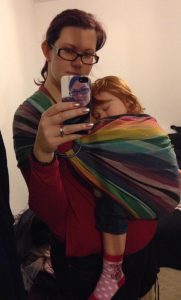
Those who love ring slings and other hip carriers have often already learned how to minimise these alignment issues with familiarity and experience, and can always benefit from being reminded!
It is worth being aware that prolonged hip carrying in pregnancy may also have an impact on the pelvis and its stability, especially as ligaments begin to soften and loosen in preparation for birth. If you begin to experience any discomfort with carrying (if not related to inexperience) then it is sensible to check your posture to make sure your spine is not twisting, try frequent switching of sides, reduce the duration of carrying, and see your local specialist for support. Some women suffer from Symphysis Pubis Dysfunction and may find hip carrying inadvisable.

Logistically, waistbands may begin to become difficult to fit above the bump and may no longer be as supportive due to the changing angle of the band and how it functions when distributing weight around the pelvis. It is up to the individual to decide when the waistband is no longer the best option. At this stage, carriers with floppy soft waistbands that will mould around the mother’s shape, or no waistband at all, may be more useful. Meh Dais with flexible waists that can be carefully tied, or podaegis or onbuhimos or woven wraps tied in such a way that the carry has no waist at all may be very helpful.
Learning how to do this well and comfortably may need practice and building-up of strength due to the new position and a local sling professional can help.
 Third Trimester
Third Trimester
In this last part of pregnancy, the maternal body is now carrying a significant extra load every day; movement may feel more cumbersome and the mother may wish not to carry any more than she has to. Furthermore, the levels of relaxin hormone increase significantly; ligaments and tendons soften and become more elastic. This helps the pelvic outlet to widen ready for delivery and also loosens and softens the intercostal muscles and ligaments between the ribs to allow expansion of the chest diameter for the growing baby. These changes will all affect load-bearing and every pregnant mother will vary in what she feels able to do; each successive pregnancy will also affect carrying ability.
In the third trimester, high, supportive back carries with soft slings tend to work best; woven wraps in multiple layer carries or supportive single layers are useful, as are meh dais and their variants, as well as the waistband less onbuhimos, all of which keep toddler weight high, snug and central, minimising any uneven pressure on the pelvis and spine, and also balancing out the weight of the bump. Carrying may be only for short periods, and hip carries are best kept to a minimum.
Once baby has been born, the maternal body will take some time to recover from the huge changes of preparing for labour; and then the process of labour and birth themselves. It may be some time before a mother feels well and strong enough to begin carrying her toddler again; the pelvic floor and stretched abdominal muscles need time to re-tone and strengthen. For this reason, many experienced professionals will advise post-partum women to consider carrying just their newborn for the first few weeks and months, and then begin to carry their toddler again in front carries before they consider re-starting back carrying. Methods for getting a heavy toddler on the back will need to be considered; swinging and scooting methods may place inappropriate strain on still-recovering ligaments and muscles. This will of course depend on individual circumstances; back carrying may be preferable to pushing heavy buggies. Tandem carries may be necessary from an early stage, and it would be wise to visit your local sling professional to get some support with carrying two children in this way if you are not experienced.

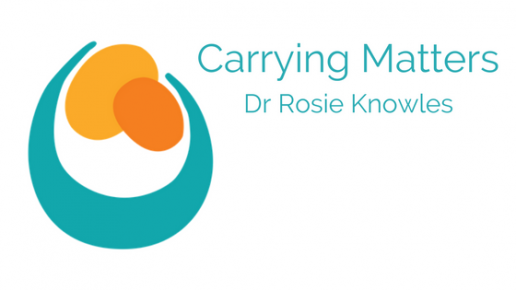
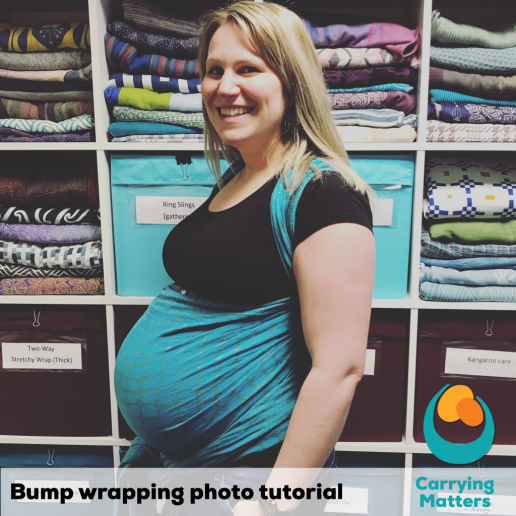
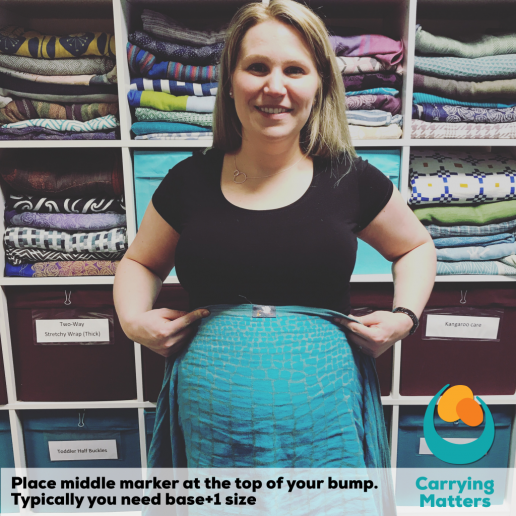
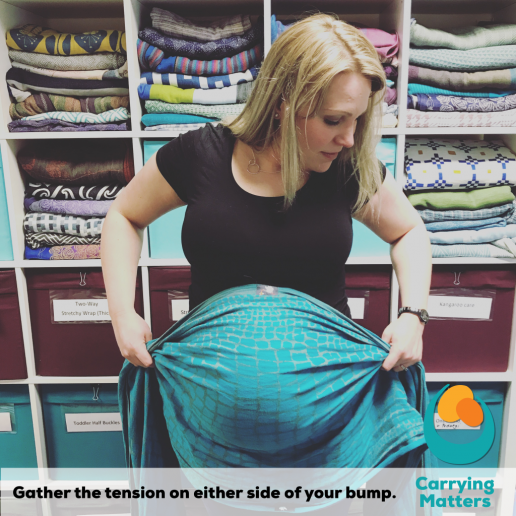
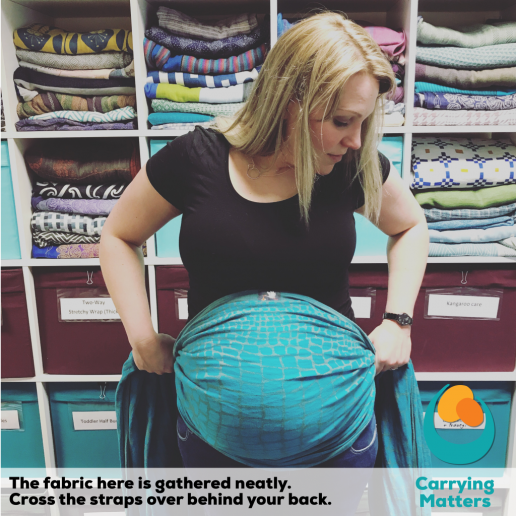
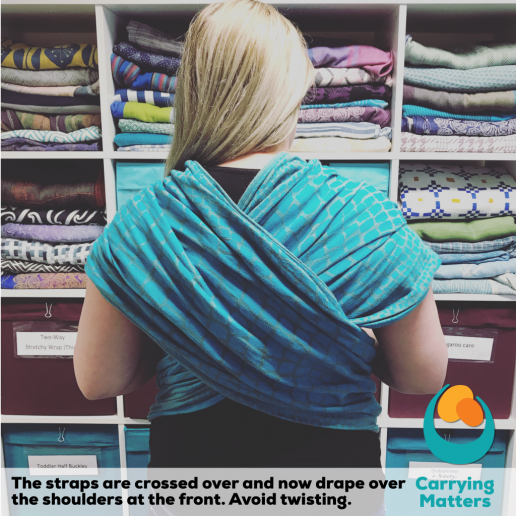
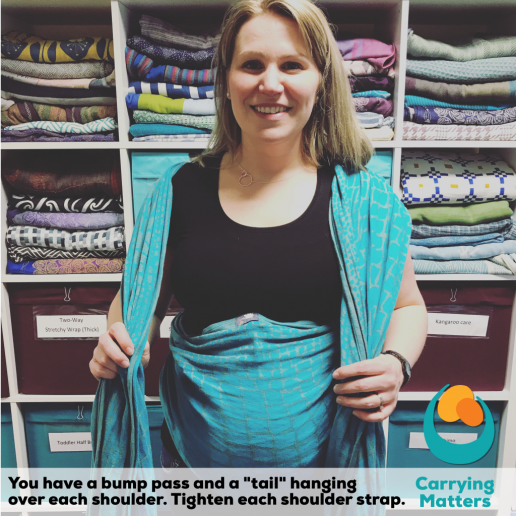
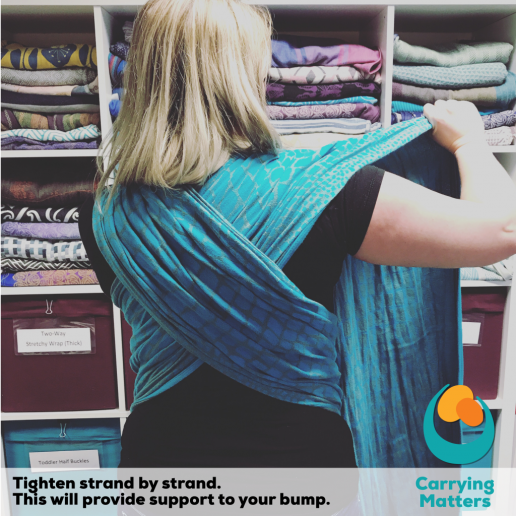
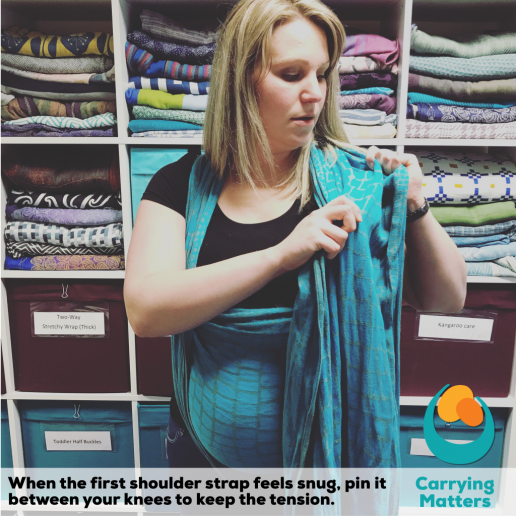
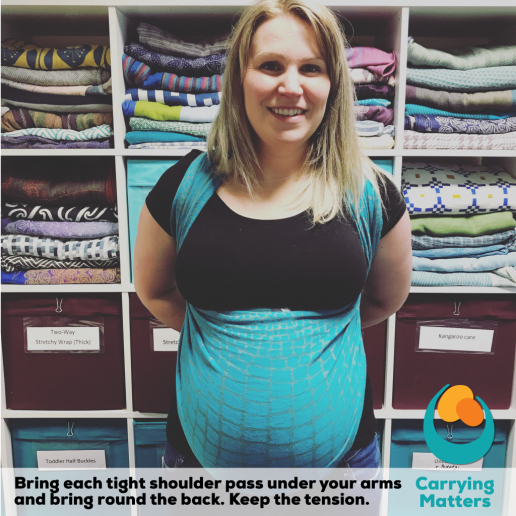
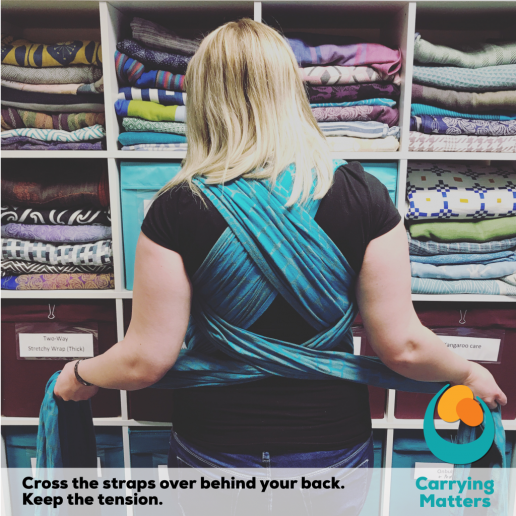
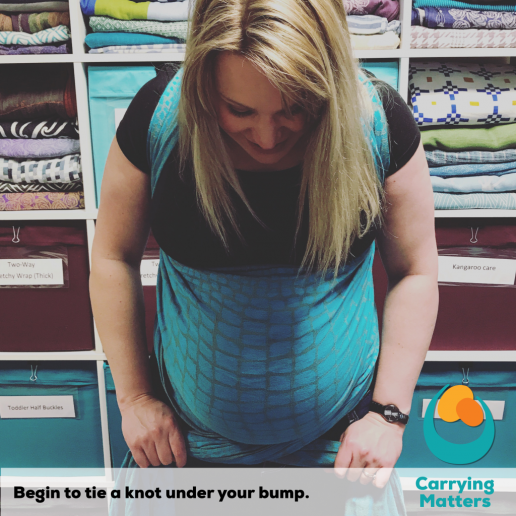
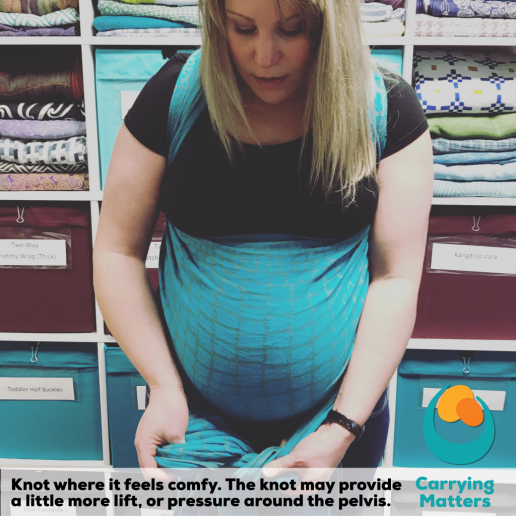
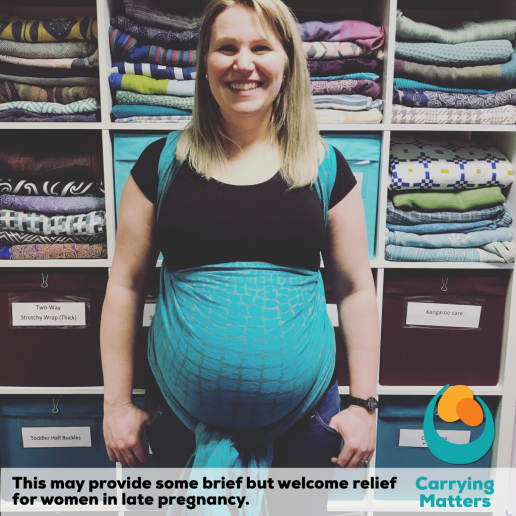
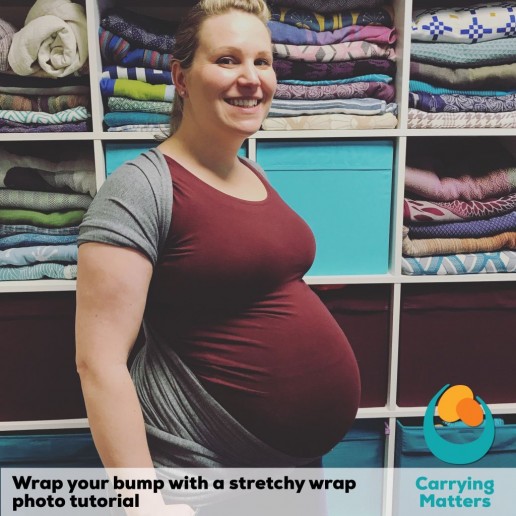
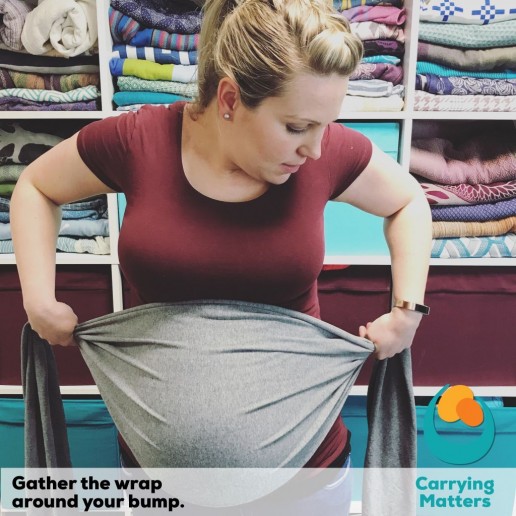
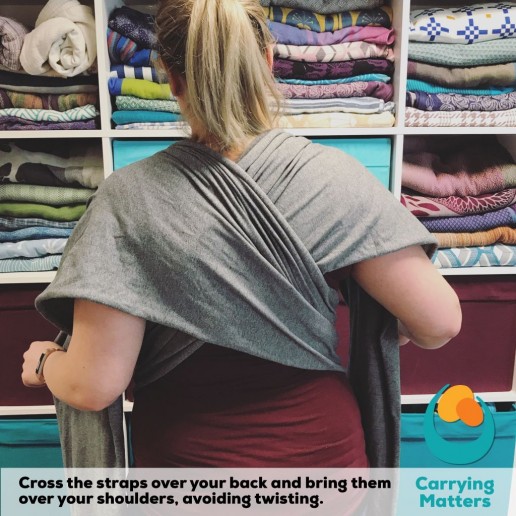
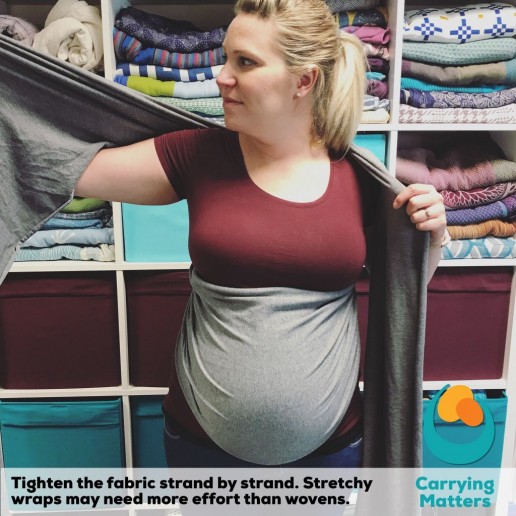
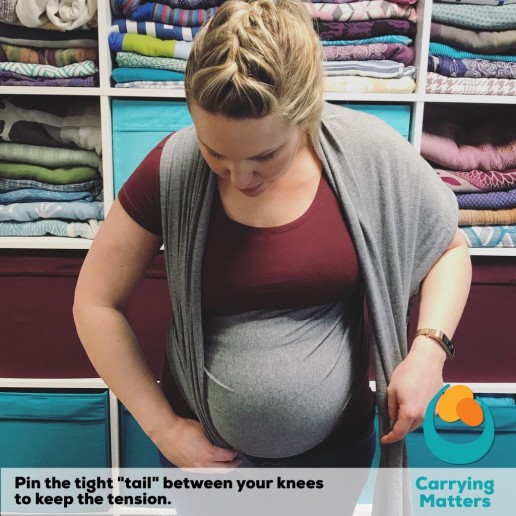
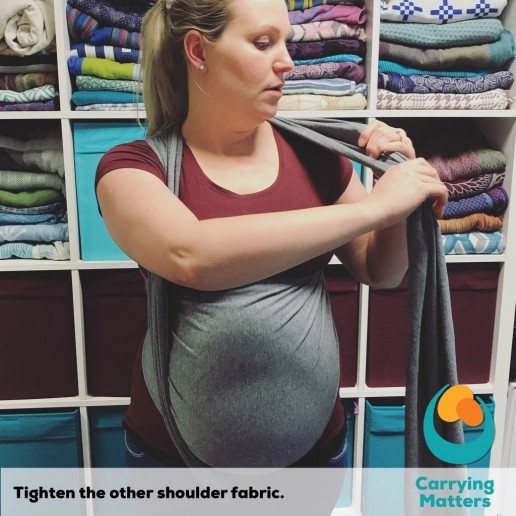
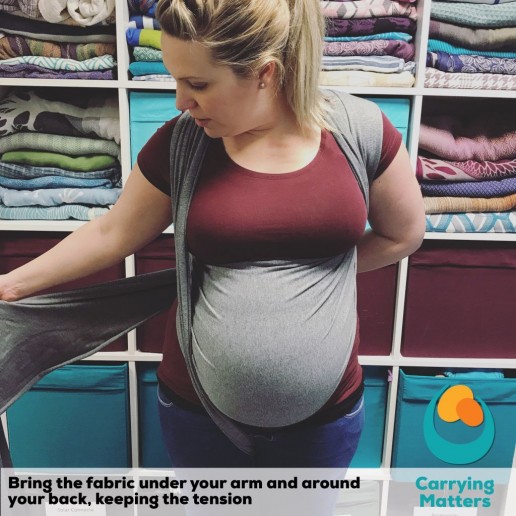
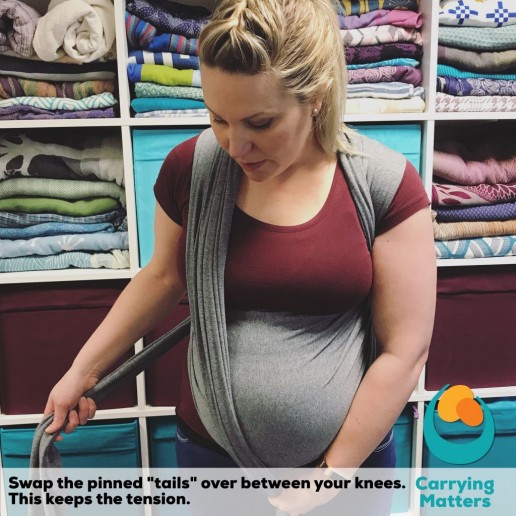
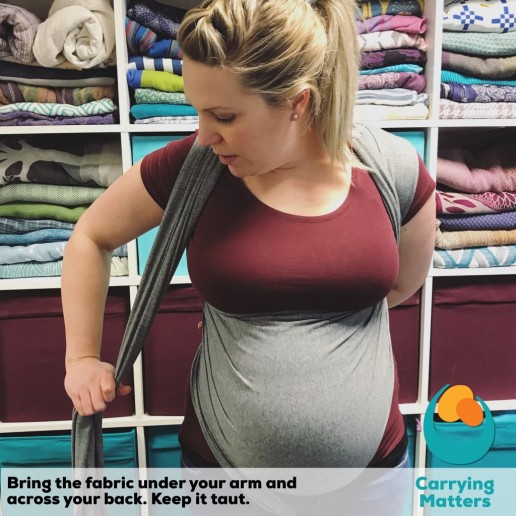
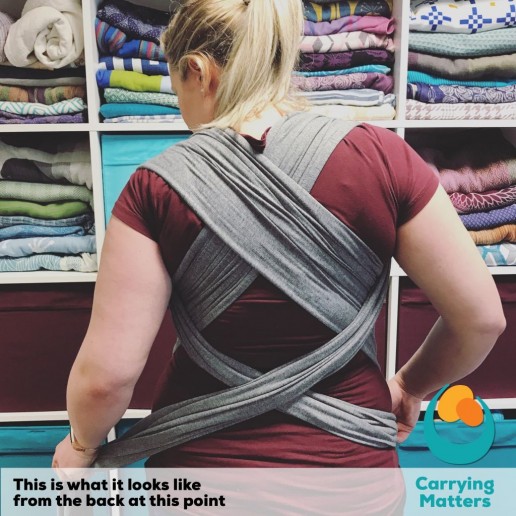
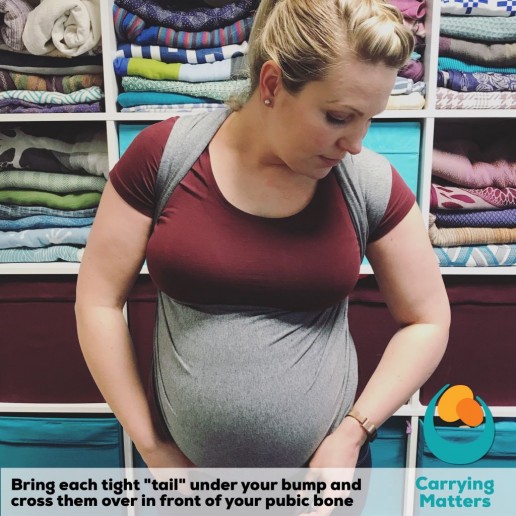
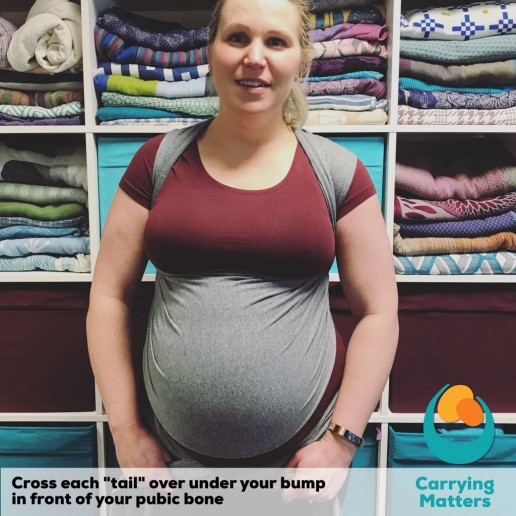
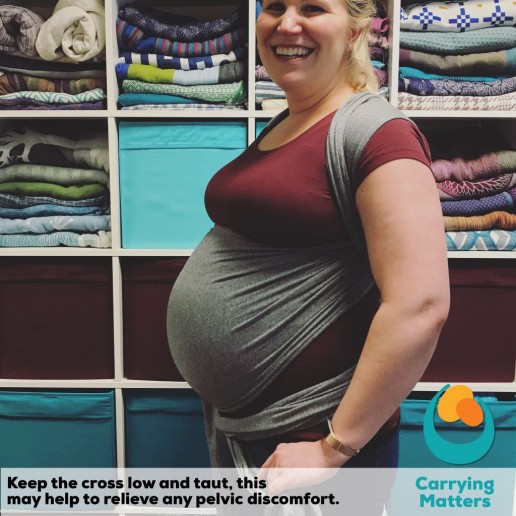
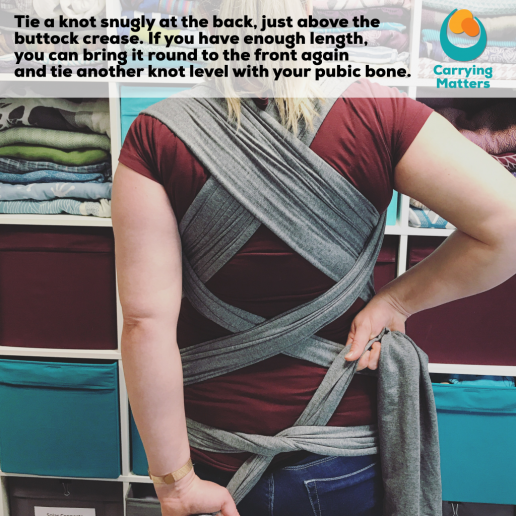
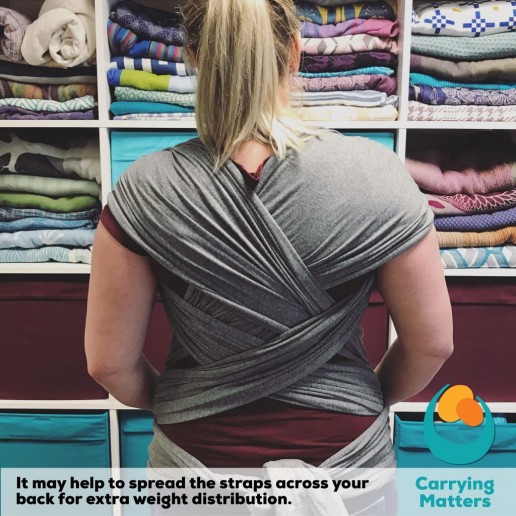
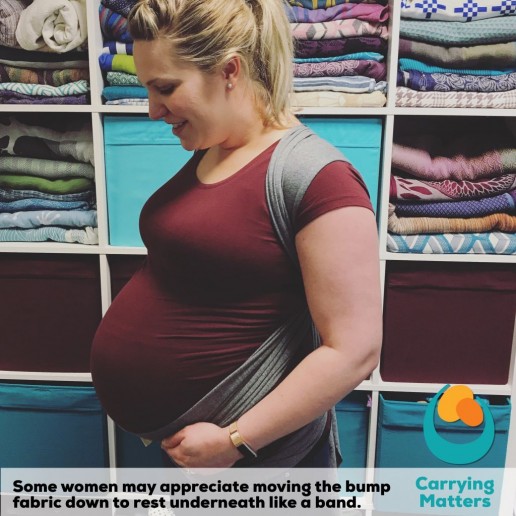
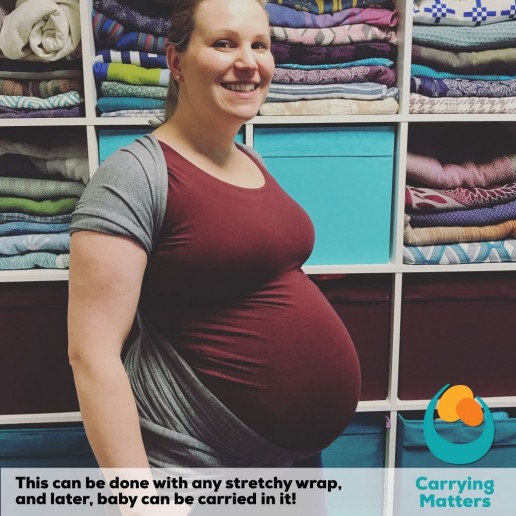
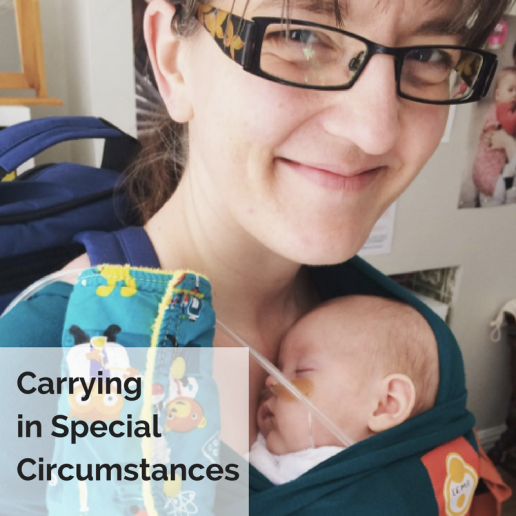
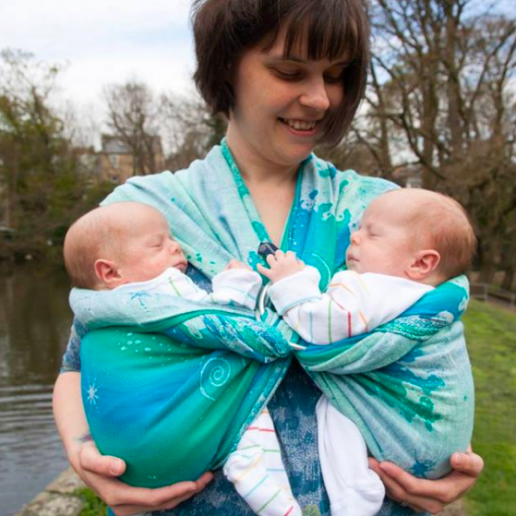
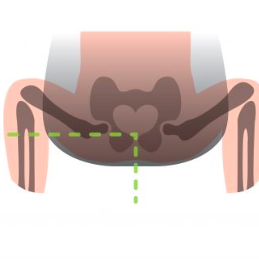
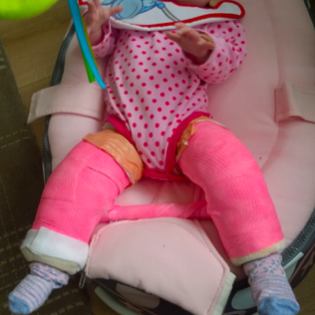
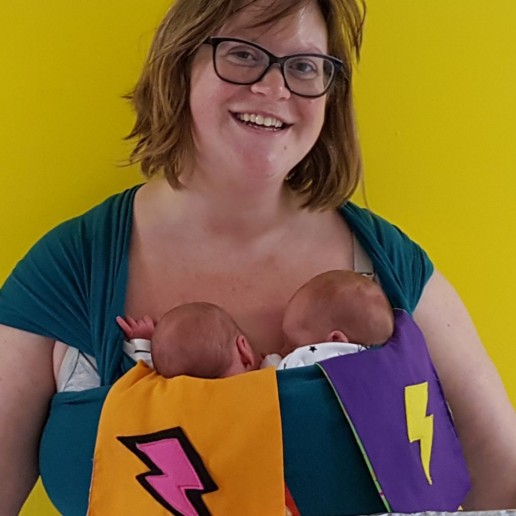
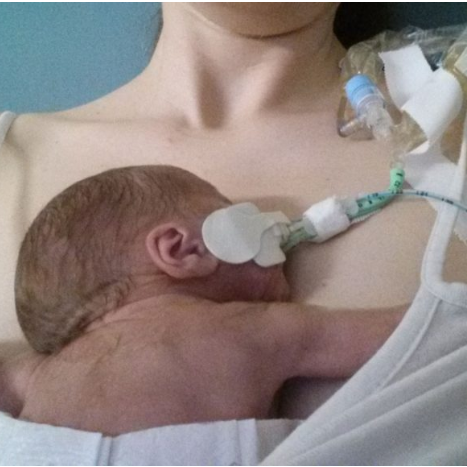
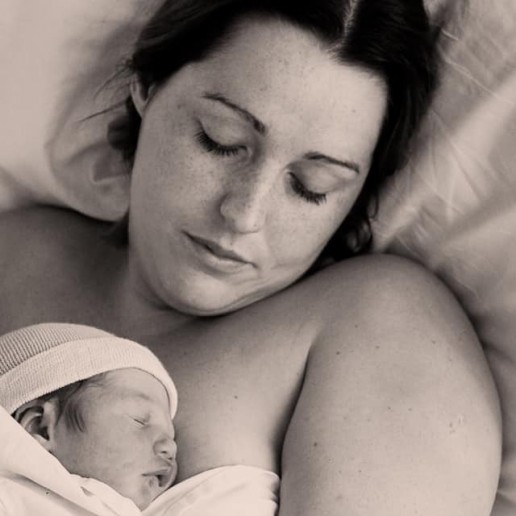

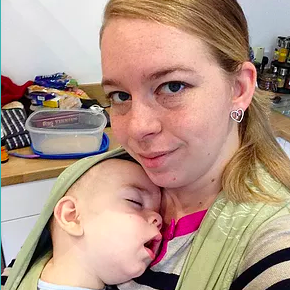
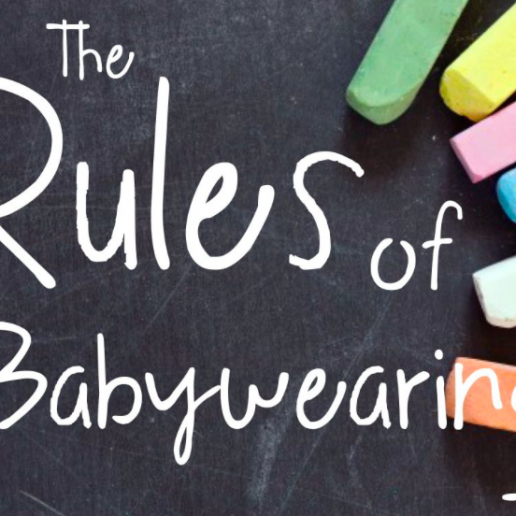
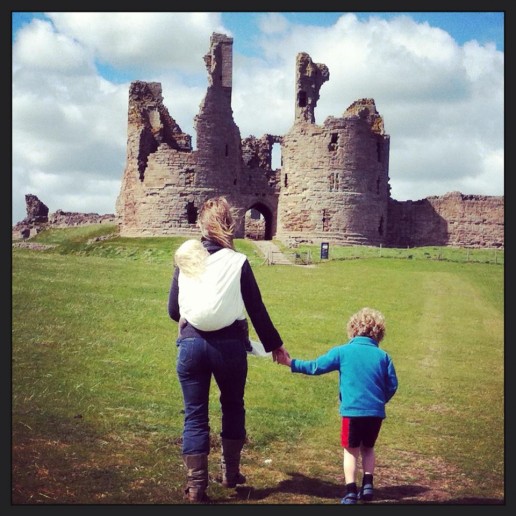
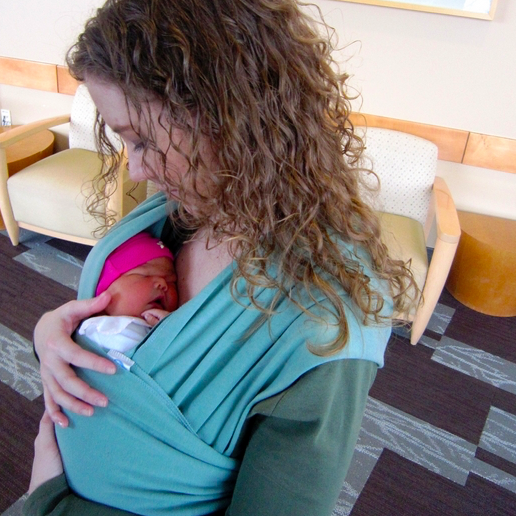
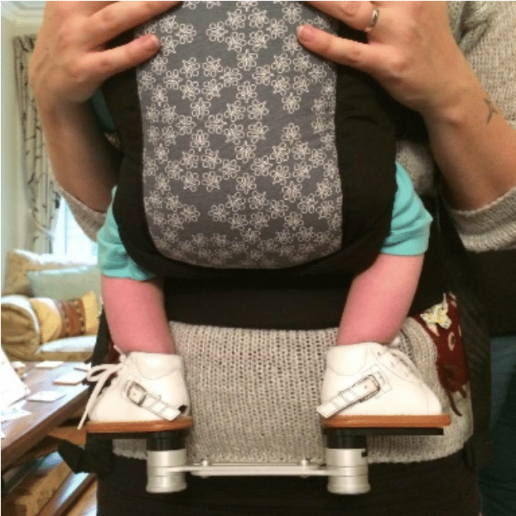
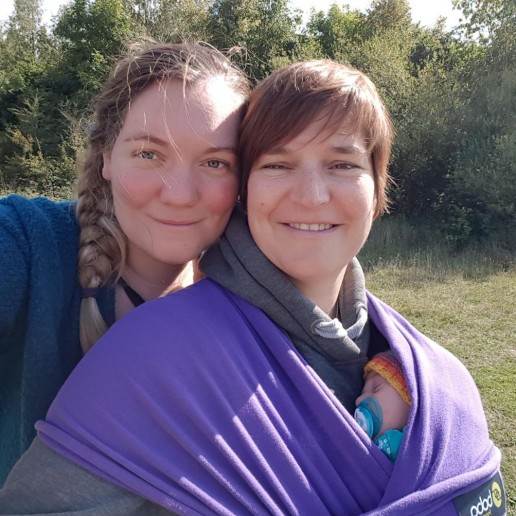

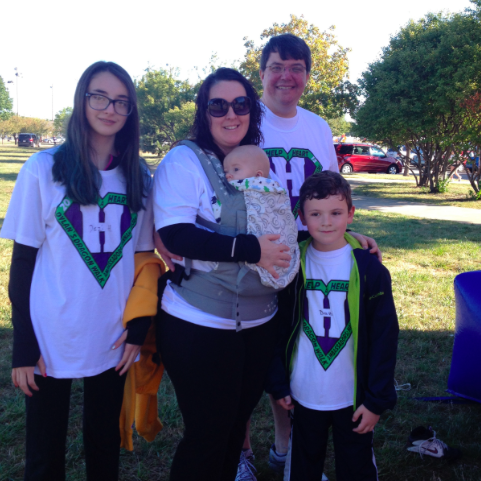

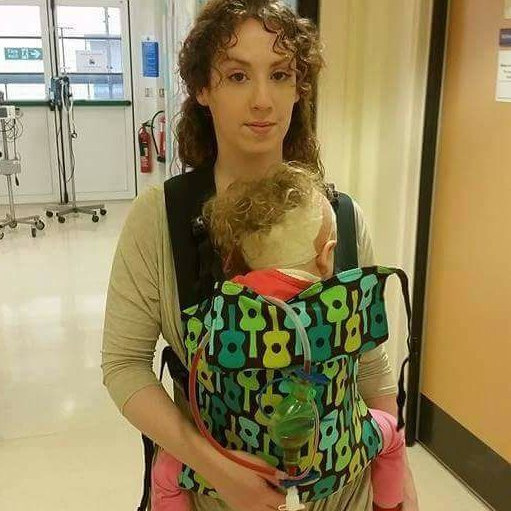
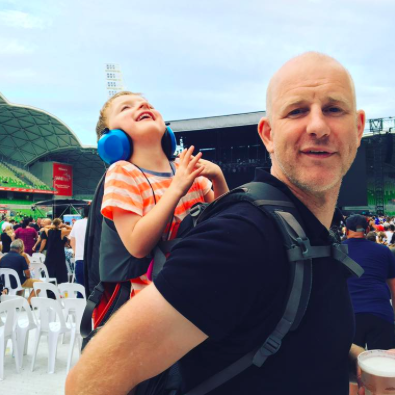
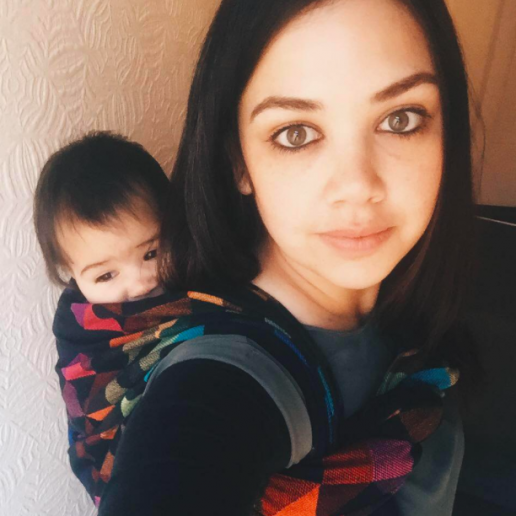
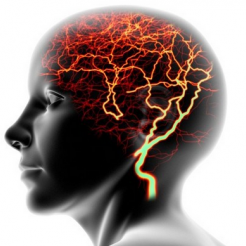
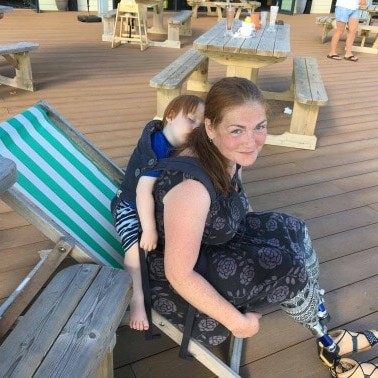
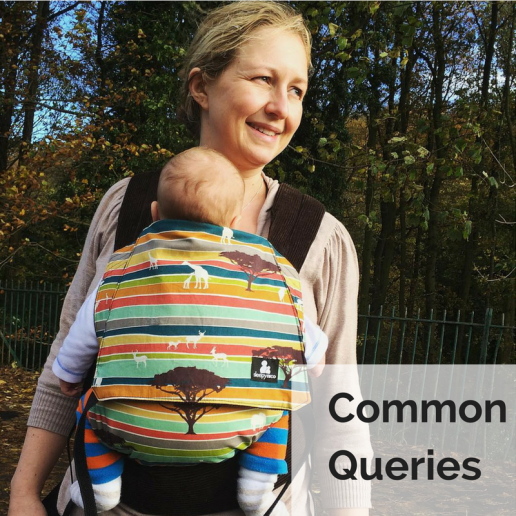

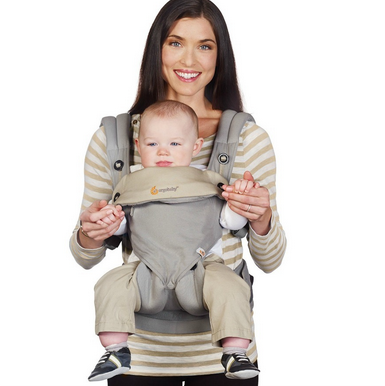
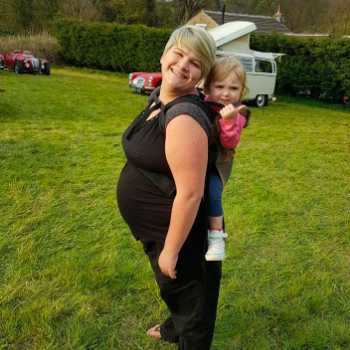
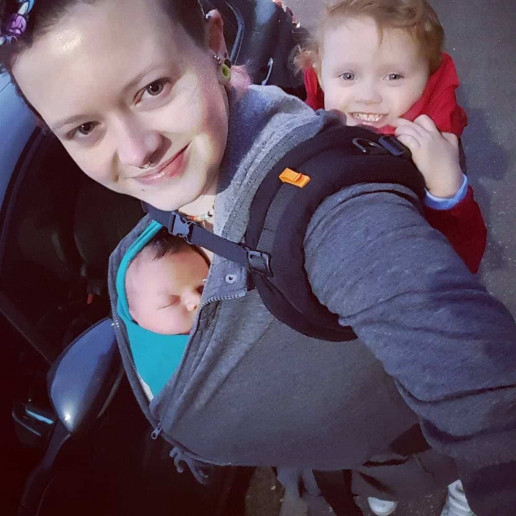
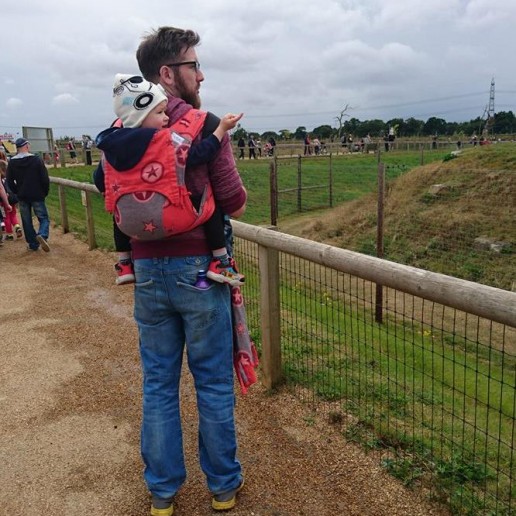
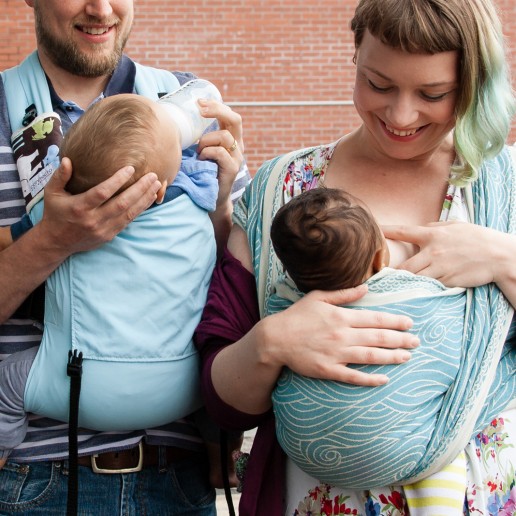
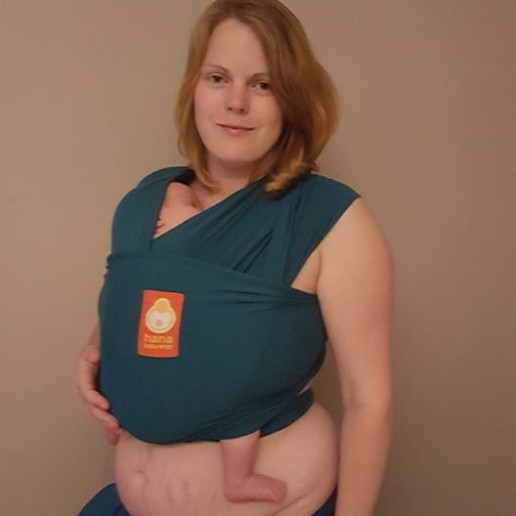
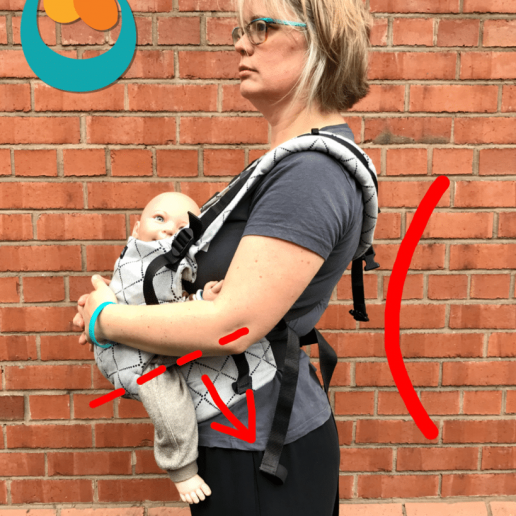
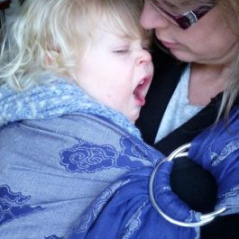
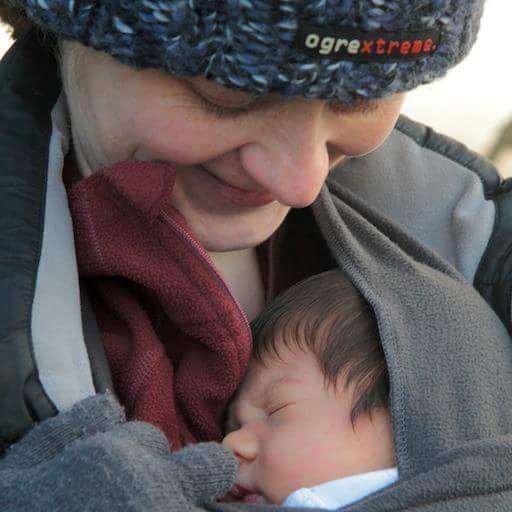

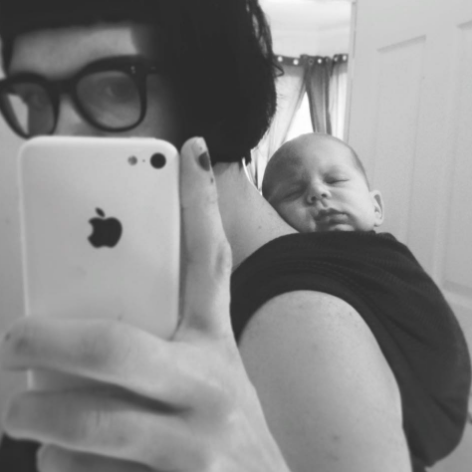
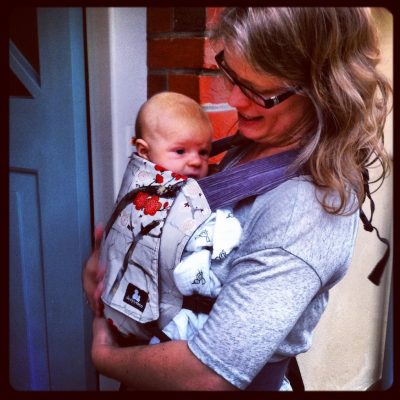
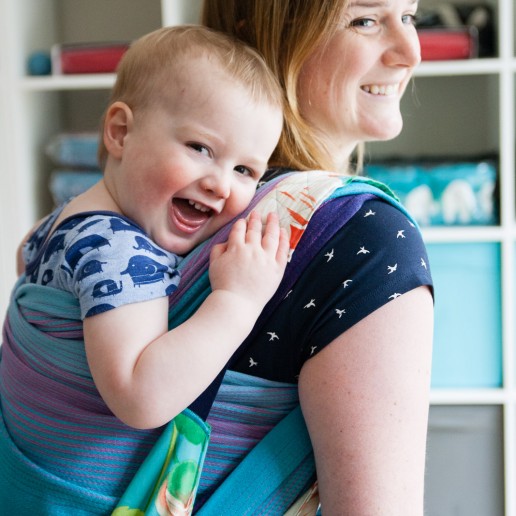
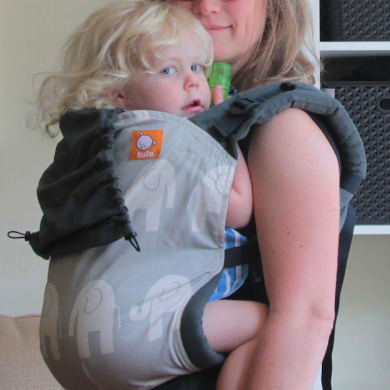
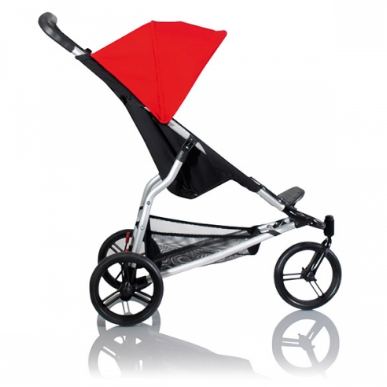
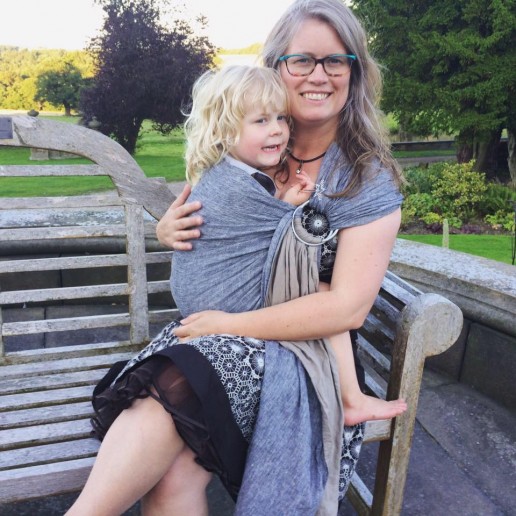
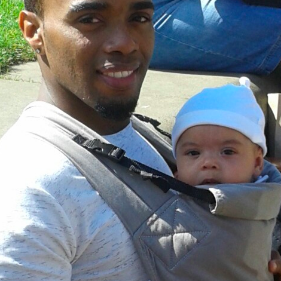
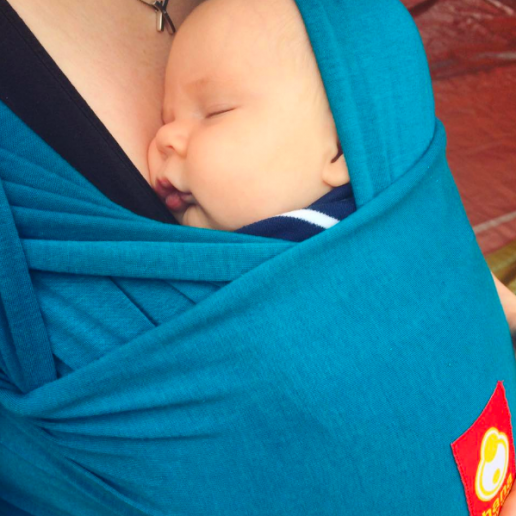
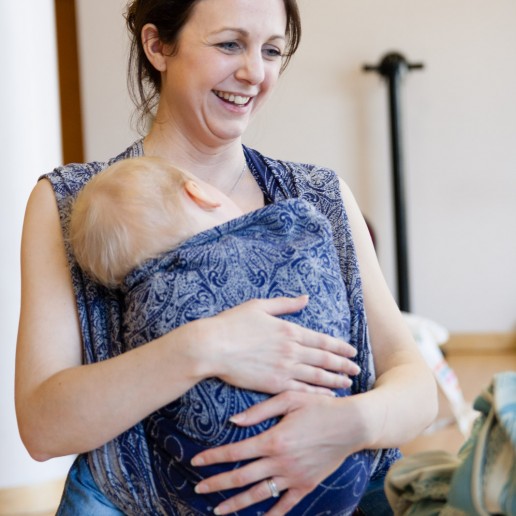
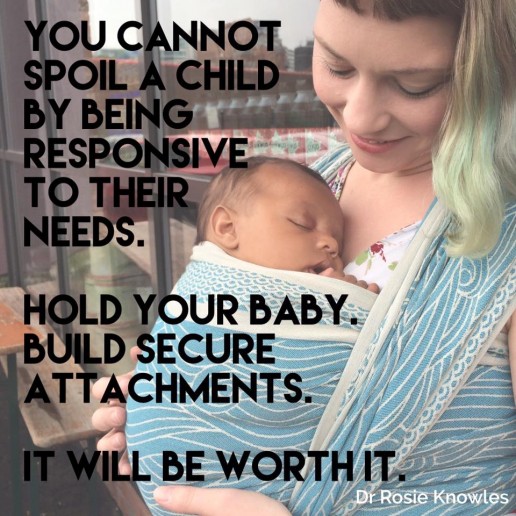
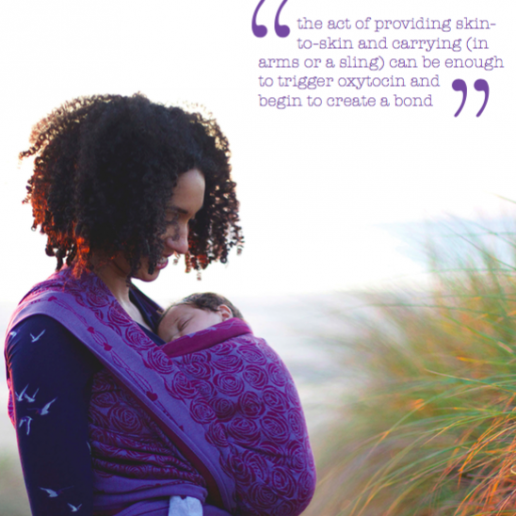
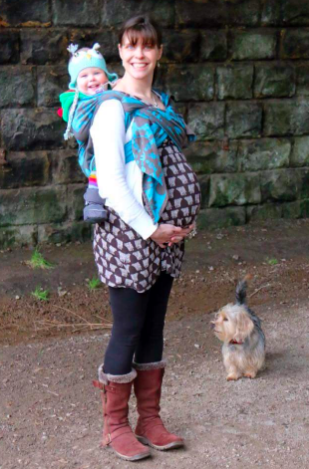
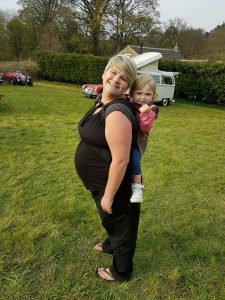
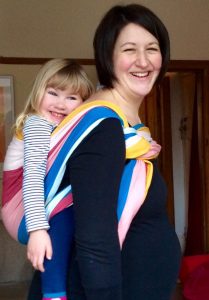

 Third Trimester
Third Trimester